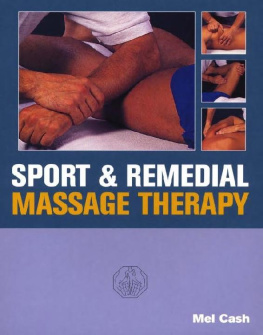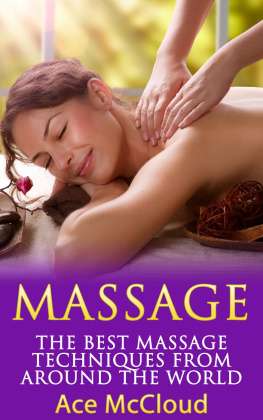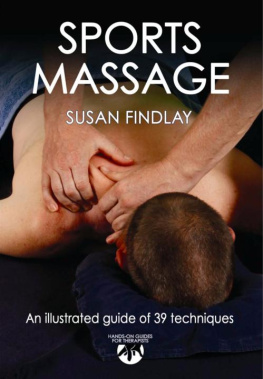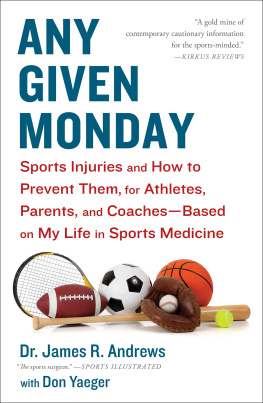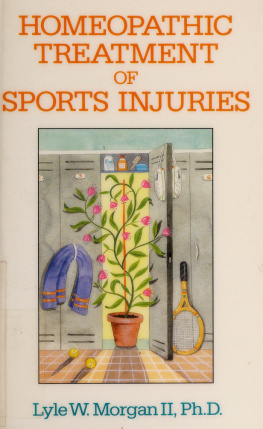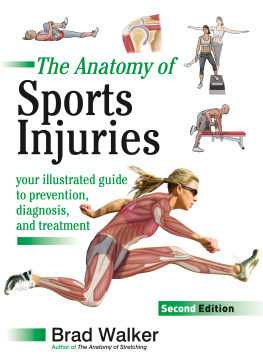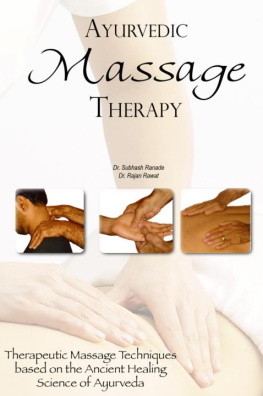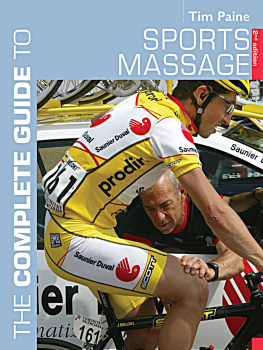Contents
About the Book
This is the definitive reference book on massage which will prove invaluable to all students and practitioners of physical therapies. Fully illustrated with photographs and drawings, it covers all the practical and theoretical aspects of the subject, ranging from the basics through to the treatment of soft tissue injury. Fundamental principles such as a good working posture and the quality of feel are included to help the therapist achieve the best possible result with minimal effort and stress. A fully illustrated reference section examines individual muscles, explaining particular characteristics of injury and treatment. The book also includes soft tissue manipulation techniques which can relax, stretch or strengthen muscles; as well as remedial exercises which can be done by the patient to further aid recovery or enhance sports performance.
About the Author
Mel Cash BA, LCSP (Assoc) has been a massage therapist since 1985, and has become one of the world's leading authorities on the subject through his books. He is the principal tutor of the London School of Sports Massage, and has lectured in anatomy and physiology at the University of Westminster.
Authors note
This book is intended for people in different countries within a wide range of disciplines: doctors, physiotherapists, osteopaths, massage therapists, as well as sports coaches and trainers. This makes it difficult to use terms that will satisfy all readers. For the sake of simplicity, the term therapist has been used to refer to the person giving the massage treatment and the term patient to refer to the person receiving the treatment.
Clinical job titles and professional demarcation lines may also vary in certain countries and may slightly affect the text in some places.
Although, wherever possible, I have tried to avoid the situation, it has been necessary to use the masculine form on occasions (sportsmen, for example). I apologize to female readers, and the text of course refers throughout to both men and women, unless otherwise stated.
Students note: Those who are new to this subject should become familiar with the content of the appendices before reading beyond Chapter 9.
Introduction
Massage is a natural therapy, which has probably been in use since the origins of mankind. It remained the principal method of treating most musculoskeletal problems for many thousands of years, and it was only in the last hundred years or so that this practice began to change.
Massage does have some treatment limitations, and to overcome these modern science has developed new techniques and technology. Today orthodox medicine, as it strives to make continual advances, has to some extent swept massage aside in favour of newer treatment methods. But massage has many benefits, both physical and psychological. Although new techniques and technology may be able to achieve some of these benefits, none can reproduce all of them. Massage works on many levels, and it is the unique way in which it combines the various benefits to suit the individual that makes it such a versatile and effective treatment method.
In my own practice I have seen many patients with problems that have not been improved by other courses of therapy (physiotherapy, osteopathy, chiropractic and even surgery). In many of these cases massage has quickly and effectively resolved the problem, proving that it is often the best treatment method. And, in a complementary role with other therapies, massage can greatly speed recovery because of its wide-ranging benefits.
Minor injury is by far the most common musculoskeletal problem, but as modern medicine puts effort into developing ways of treating increasingly serious conditions, minor everyday injuries are becoming less adequately dealt with, although they can still be extremely painful and may seriously affect a persons occupation, sport or quality of life. Furthermore, if not treated properly at an early stage, a minor injury can sometimes lead to a more serious condition in the long term. Massage can treat the majority of such minor problems quickly and effectively, and it therefore needs be made more readily available to the general public.
Injury prevention is another area where the importance of massage should not be underestimated. Modern scientific understanding has developed an advice-centred approach to injury prevention, based on assessment and exercise, and it is not seen as a treatable situation. Massage is the only actual treatment that can be applied specifically to help prevent injury. This is not only true in a sports context, but also in terms of posture and other forms of stress.
Although many medical practitioners do understand the value of massage, they often find that they have insufficient time to do it properly. And, as a skill, massage demands considerable regular practice to become proficient enough to achieve good results. For this reason complementary therapists should be encouraged, through good training, to concentrate on this vital area of treatment. There is a need for a level of therapy that can effectively treat and prevent minor problems and safely refer potentially serious conditions to a medical practitioner.
The aim of this book is to help create a greater awareness and understanding of the uses of massage, by bringing its ancient skills up-to-date with a modern understanding of how the body both functions and dysfunctions. In this way it is hoped that massage will once again be recognized as a major component in musculoskeletal health care.
Some Practicalities
MASSAGE IS A natural therapy, which can be practised anywhere and without any equipment, if necessary. But to work professionally it is essential to consider how to create the right environment to achieve the best results for the patient, with the least fatigue and stress on the therapist.
The most important factor effecting good results is the degree of relaxation of the patient. This is not just achieved by attending to physical comfort, for he (or she) also has to feel comfortable with the therapist and confident that he will get good treatment. Therapists sometimes find that the clinical white tunic does not convey the relaxed, friendly approach that puts people at ease. It is also important that the therapist feels comfortable as he (or she) works, and for these reasons many tend to wear a smart but casual uniform.
This approach should also be reflected in the treatment room, which may not benefit from appearing too clinical. It must still, however, look professional, to put the client at their ease. Charts of the muscular and skeletal systems should be hung on the wall. These can be used to point out the structures involved in any problem that the patient may have. This can help him visualize the problem and can be a strong psychological aid to recovery.
The treatment room should be warm, quiet and well ventilated. Warmth is the most important of these, as it is not possible to relax well if the muscles are cold. But massage is just as vital at sports venues and other locations as it is in a specially prepared room and the therapist must be able to work wherever he is: track-side, road-side, in a changing room, etc. Wherever the therapist works it is important to try to create a relaxing environment.
Treatment couch
The most important piece of equipment that a therapist should have is a treatment couch (plinth). This allows him to move freely around the patient and work from different directions, and enables the efficient use of body weight at all times. A couch should have a face hole, so that when the patient is lying in the prone position (face down), the neck is in a neutral, relaxed position. Where a couch is not available it is best to work on the floor (covered with a blanket for comfort). Although very effective treatment can be given on the floor, it is not ideal for the therapist, as it is uncomfortable on the knees and can cause back problems. A bed should not be used as the patient will only sink into it as pressure is applied, and it is also bad for the therapists lower back.

